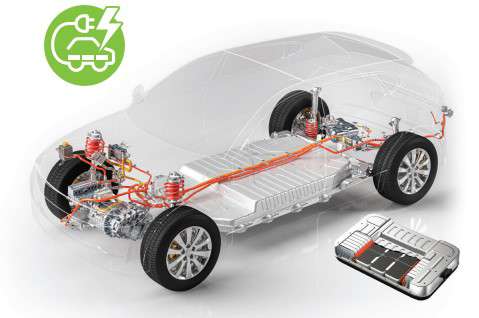Since the early 1990s, component cleanliness in the automotive industry has been a highly critical driver to improving the performance and reliability of advanced powertrain systems. Almost all engine and transmission plants have been obliged to upgrade their production processes to meet increasingly severe cleanliness specifications. New engineering standards, including operating pressures, dynamic clearances, and surface finishes, has driven this change. Specific equipment to assess component cleanliness of parts and components before their assembly into powertrain systems has typically been deployed on the shop floor to control the multi-stage production process.
While the technical shift to electric vehicles has significantly impacted powertrain technology, component cleanliness remains a vital parameter monitored in the EV battery industry as it not only has a direct impact on the performance of the battery cells themselves, especially their capacitance and thermostability performance, but can also potentially cause an explosion.
-
Challenge
-
Solution
-
Results
An Asian EV Battery manufacturer was asked by a major carmaker to clean the battery casing before the final assembly of the cells. Component cleanliness analyses had to be performed per ISO 16232 and VDA 19 procedures.
To avoid leaving any remaining traces of solvent in the EV casings after cleanliness analyses, the carmaker specified the usage of DI-water instead of standard petroleum-based solvent for the extraction procedure. Another concern from the EV battery manufacturer is the environmental hazard when a standard petroleum-based solvent is used in the QC laboratory room.
Inner surface of EV casings required a cleaning process prior to assembly of anode, cathode and electrolyte. Rinsing the inner surface of EV casings required the use of DI-water. Similarly, outer surface of EV casing assembly also required air and DI-water for wall flushing. It is also important to know that an EV casing assembly is fully charged with electricity so any residual water could cause electric short-circuit problems.
The Pall Cleanliness Cabinet (PCC) developed for this DI-water based extraction procedure required significant modifications from our standard unit in the design of the fluid circuits. The pressure rinsing line and wall-washing line were redesigned to address the difficult physical/chemical properties of the rinsing fluid (lubricity, density, viscosity, interfacial tension etc.) The design modifications were validated to make sure that the overall capabilities of the PCC unit remained optimal to extract contaminants from the EV battery cell cases. Based on this, Pall developed a new series of PCC units compatible with DI-water.
With the PCC unit developed to meet the carmaker’s extraction procedure, the EV battery manufacturer can control the production of its casings concerning component cleanliness. Now that battery cell casings meet cleanliness specifications, completing the final assembly of the battery cells was obstacle-free. The carmaker validated the control process in place with the highest level of confidence.
This control is now fully integrated into its standard Quality Assurance standard work as any other production criteria.
Four DI-water PCC units are now deployed in different manufacturing plants to ensure that the battery cells meet the technical specifications in relation to performance and reliability wherever they are produced in the world.


